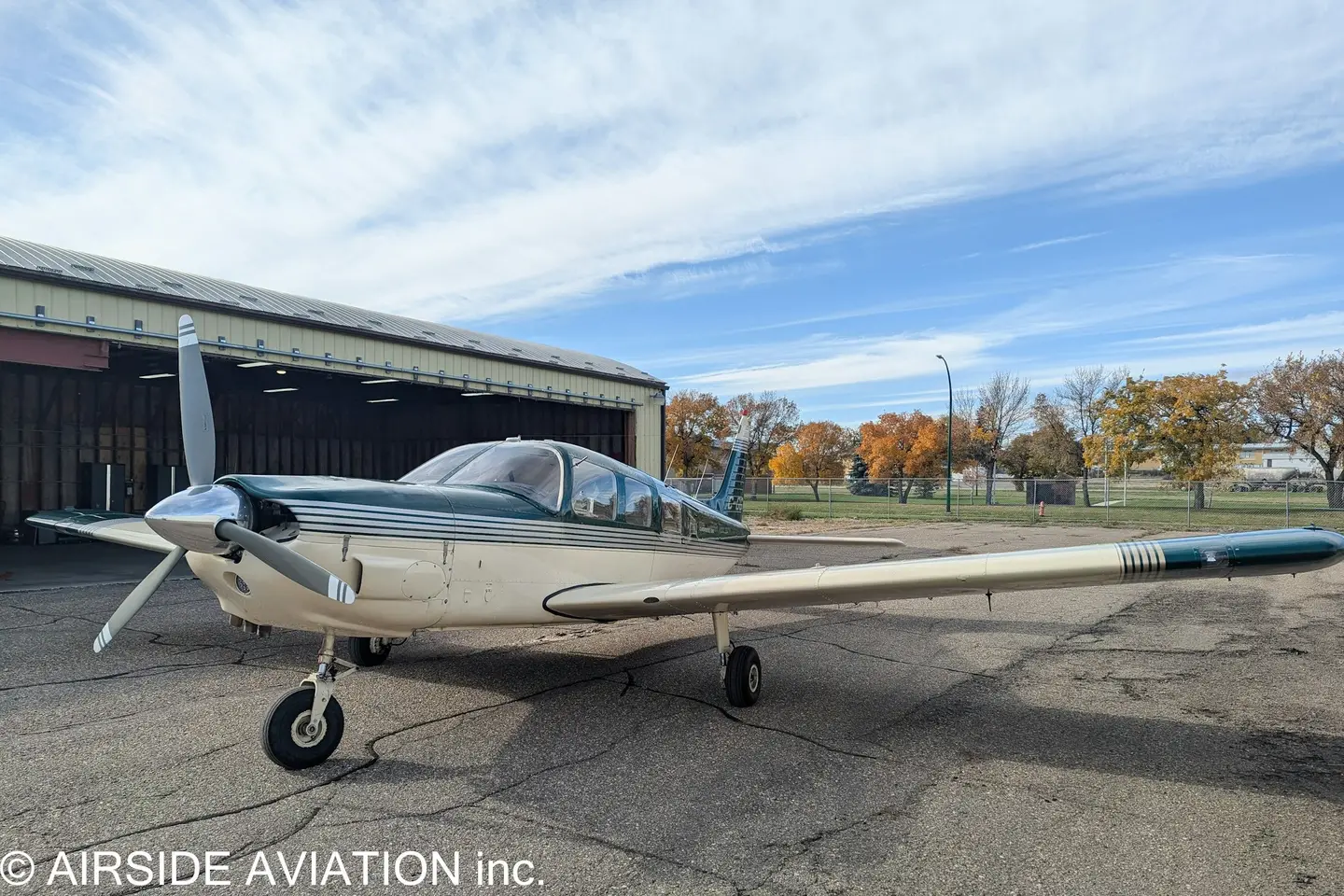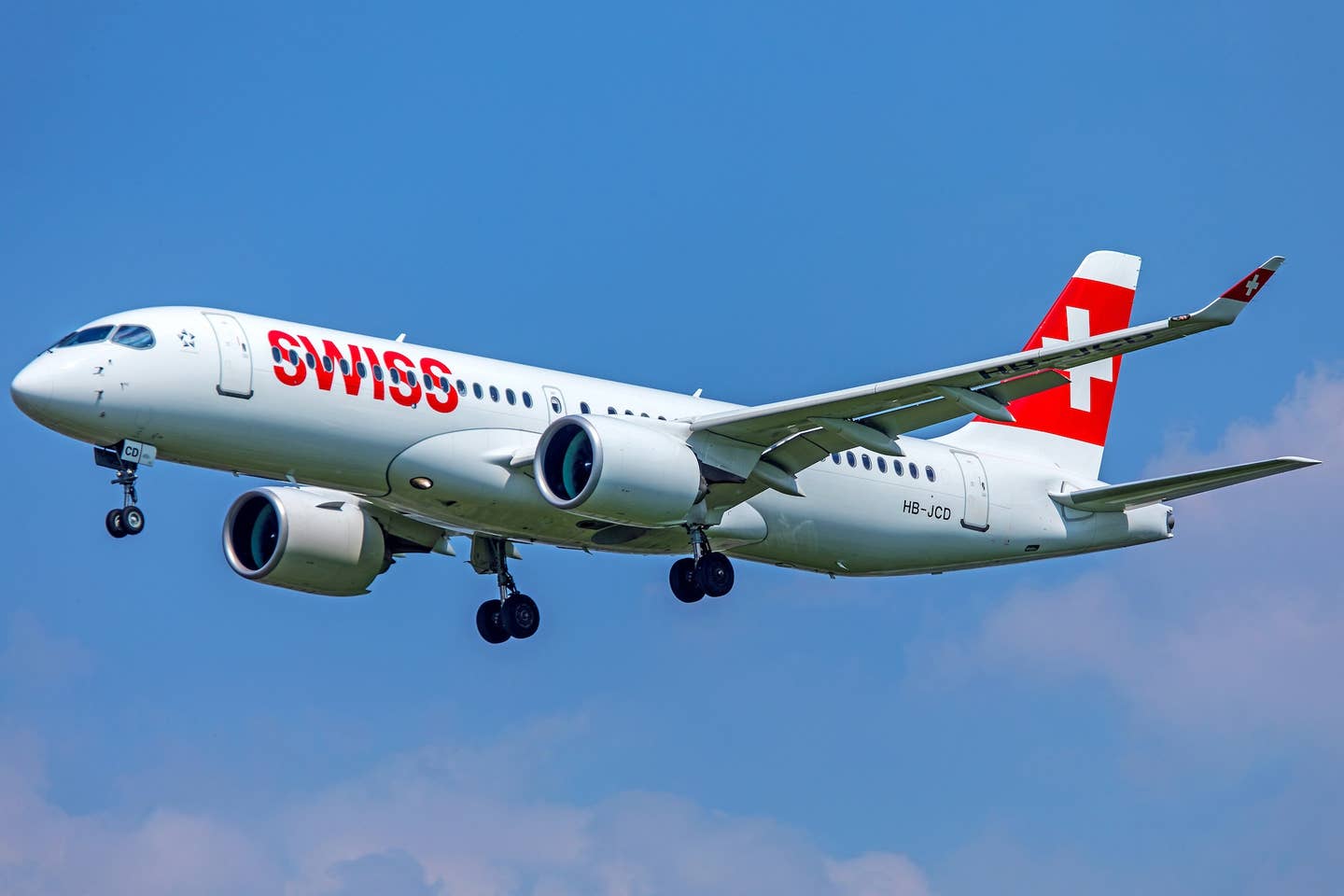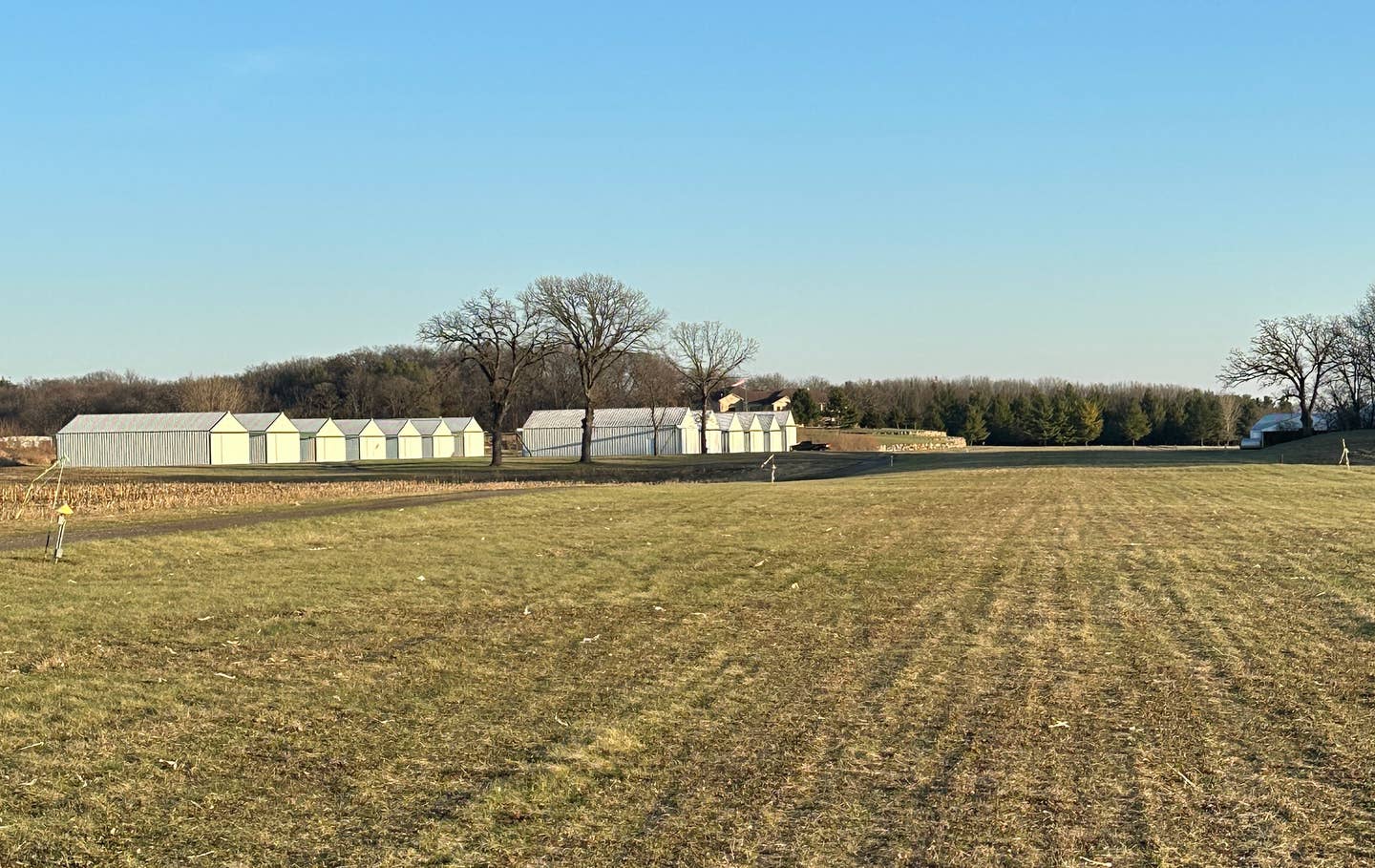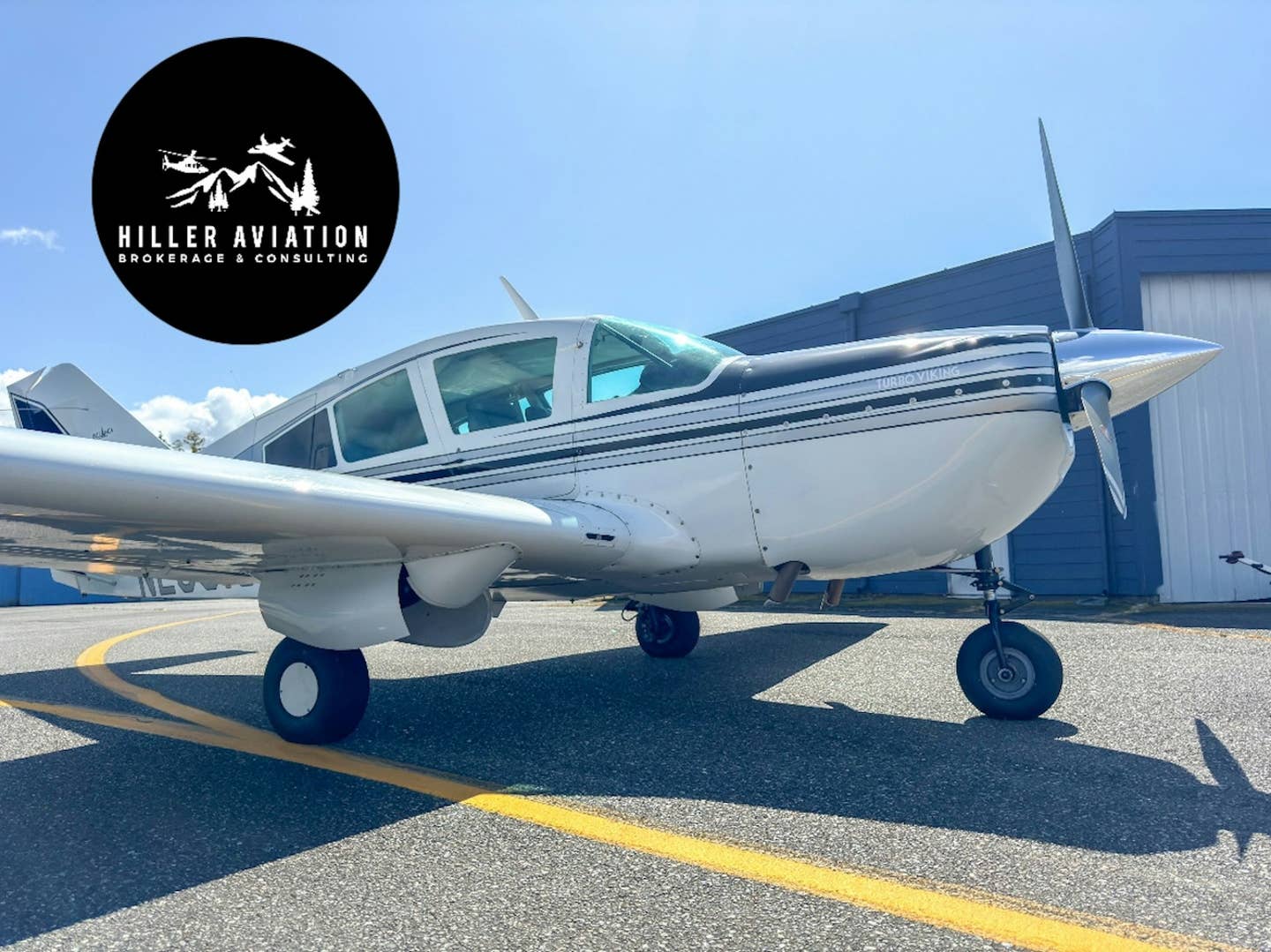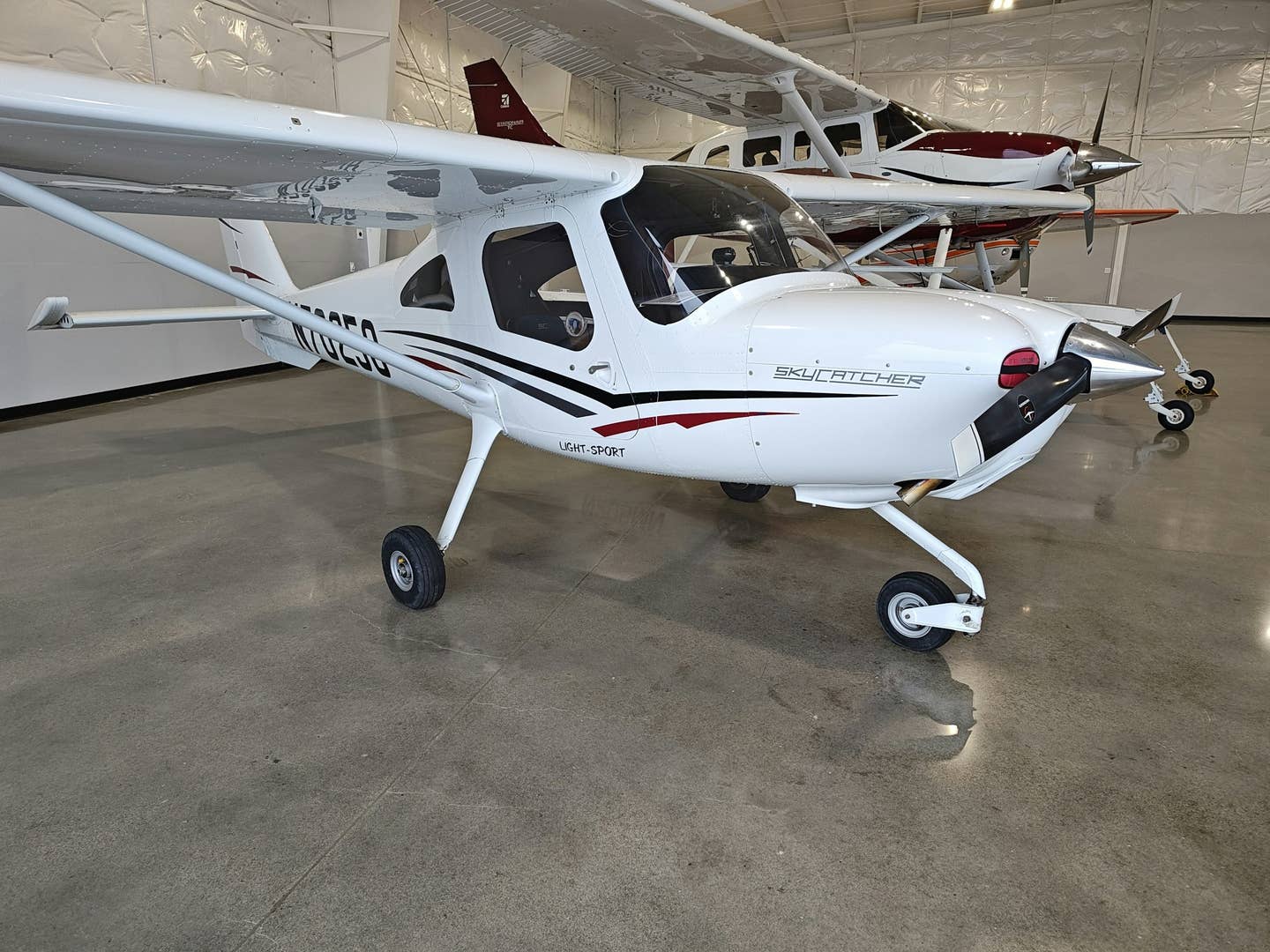
Hawker Beechcraft King Air 350ER
The Beech Super King Air 350 has been a special airplane since its inception with its enormous useful load, big cabin and certification in the tougher commuter category. But the new ER (extended range) version is truly designed to fly a unique mission profile.
Bottom line, the 350ER has a maximum takeoff weight of 16,500 pounds, 1,500 pounds higher than the standard King Air 350. That extra takeoff weight allows the 350ER to pack on another 1,581 pounds of fuel for a total capacity of 5,192 pounds. Since we pay by the gallon, that is 775 gallons at the pump.
The 350ER could just as easily be called an SP for special missions, because that is what the airplane is designed to fly. An obvious special mission for an airplane with such fuel capacity is observation where loitering aloft with a big load of sensors is the goal. The 350ER can easily stay on station for more than 12 hours.
Another reason people will want a 350ER is to reach destinations where fuel simply isn't available. You could fly the big turboprop into rugged, out of the way runways to deliver or pickup people or cargo and have enough fuel to make the return trip to civilization.
Of course, there may be some pilots and owners who simply want to go a long way without stopping, and the 350ER can cover more than 2,400 nm at high-speed cruise. In many parts of the world there are simply not good options to stop for fuel because of big bodies of water, hostile terrain or even hostile populations, and the 350ER can bridge those gaps.
These days there is another reason to consider the 350ER-fuel prices. When you find a bargain in fuel, either at your home base or elsewhere, you want to fill up at the good price and take it with you. The very high maximum landing weight of 15,675 pounds means that you can land and depart again after only a very short trip with full fuel. You could make several hops on the cheap fuel or one short leg followed by a very long one with no need to refuel.
The relatively easy part of transforming the regular King Air 350 into an ER was putting fuel tanks in the aft part of the nacelle behind each engine. That space was generally available because it was used only for extra luggage space, particularly to carry long items such as fishing poles or skies. The new nacelle on the ER humps up a bit aft of the engine to make room for the added fuel and that is one of the few outwardly visible signs that separate it from the standard airplane.
The harder part was beefing up the landing gear to carry the extra weight. And all of those changes had to be tested statically, and in flight, to make sure the famously strong King Air airframe could take the load. And then Beech test pilots had to collect performance data at the new higher weights to show that the airplane meets commuter category takeoff requirements that demand minimum climb gradient if an engine fails on takeoff. The regular 350 also meets the strict takeoff safety requirements, but the other King Air models weigh less than 12,500 pounds for takeoff and are not subject to the same rules. Pilots can consult the airplane manuals in the smaller airplanes and observe weight and runway limits that assure engine-out takeoff margins, but it is not required as in the 350 family.
I had a chance to fly the new 350ER last winter on a snowy and icy day at Washington Dulles. The destination was Beech Field in Wichita, a nearly 1,000 nm slog into a fierce winter wind. We were going to sit there awhile, but we would have no worries about fuel.
With the massive fuel tanks filled and four onboard, we could still have carried another three passengers. Not quite tanks full and seats full like the regular 350, but close enough with so much fuel. At those weights takeoff speeds are on the high side for a turboprop with a V1 decision speed at 114 knots and rotation at 117 knots. Required runway to meet engine-out climb gradient requirements was 5,276 feet with the flaps up for takeoff. You can opt for a flaps down takeoff, which knocks 800 feet off the required runway, but we had plenty of space at Dulles. It did seem different to roll so far before rotation in a King Air, but at nearly 16,000 pounds there was a lot of airplane to get moving.
The King Air 350ER climbs with the propellers at a low 1600 rpm, and the ride is quiet, but the results are good with rates of around 1,500 fpm even at very high weights. The controllers leveled us off several times on the way up, but at 28,000 feet we settled in for a maximum cruise power at 660 pounds per hour total fuel flow and a true airspeed of 288 knots.
For cruise, propeller rpm is back to 1500 and the low speed, along with passive noise dampers and sophisticated sound insulation packed in bags behind the interior, makes for a very quiet and smooth ride. The four-blade Hartzell propellers are dynamically balanced to each airframe. We had propeller heat on for a big chunk of the trip because we flew in cold clouds, but, as often happens, no ice formed. The 350 series is fully certified for flight in icing with electrical heat for the props, windshield and probes, and pneumatic boots to protect the leading edges. Engine air inlets are continuously heated by hot exhaust.
The new expanded fuel system in the 350ER is fully automated as in other King Airs, so no pilot action is required except to occasionally monitor lateral balance and, of course, quantity. If something should go wrong with the automatic transfer of fuel from the variety of tanks to the engines, the pilot can override the system to ensure a continuous flow. The Pratt & Whitney PT6A-60A turboprop engines-the same as the regular 350-are very well proven and qualify for a 3,600 hour time between overhauls.
The 350ER has the Collins Pro Line 21 integrated avionics system with dual primary flight displays and a multifunction display. Beech has harmonized the Pro Line 21 system across the King Air line and offers electronic charts and cockpit satellite weather and several other optional capabilities.
The 350ER also benefits from the many interior refinements Beech recently brought to the 350 family with new, more comfortable seats and a variety of cabinets and refreshment centers to choose from. The airplane, like other King Airs, has a private lavatory in the rear with solid sliding doors for privacy. That is an important feature for any flight, but a comfortable and usable potty is essential in an airplane with this much fuel.
The standard price of a 350ER is about $7.2 million, which is about $1 million more than the standard King Air 350. Because the empty weight of the 350ER is higher than the regular 350, but the engines and wings are the same, the standard airplane will be a little faster and use a little less fuel on typical trips. However, that all changes when you just can't or don't want to land en route, or when you need to carry your return fuel with you, or simply just need to stay aloft for a few more hours. The 350ER is a special airplane for special missions, but at its core it brings all of the heritage and reliability of any King Air to the flight.

Sign-up for newsletters & special offers!
Get the latest FLYING stories & special offers delivered directly to your inbox

